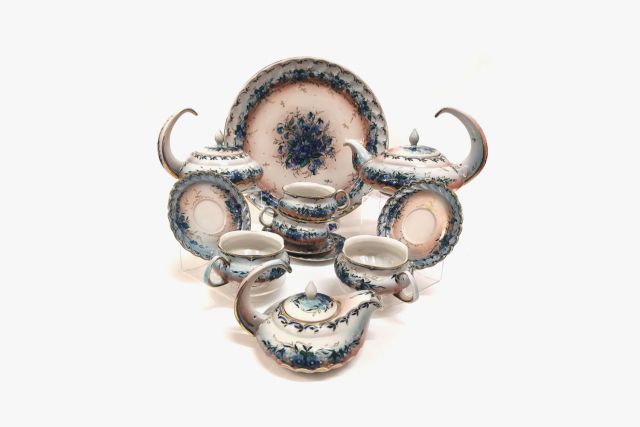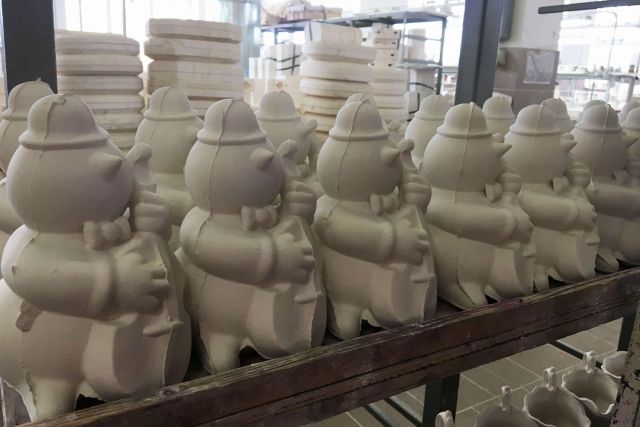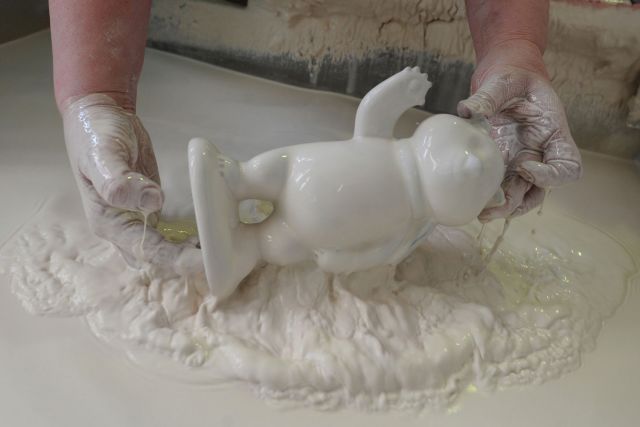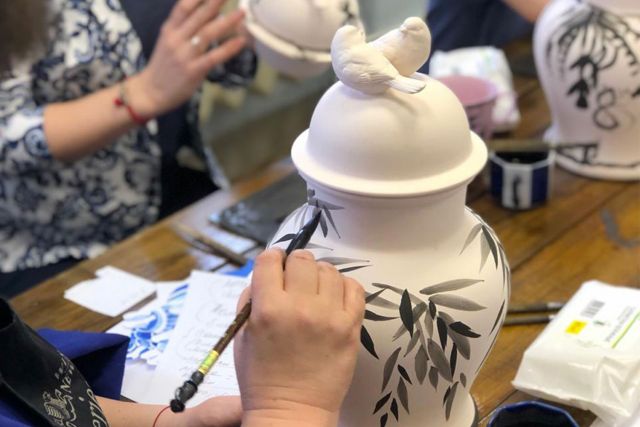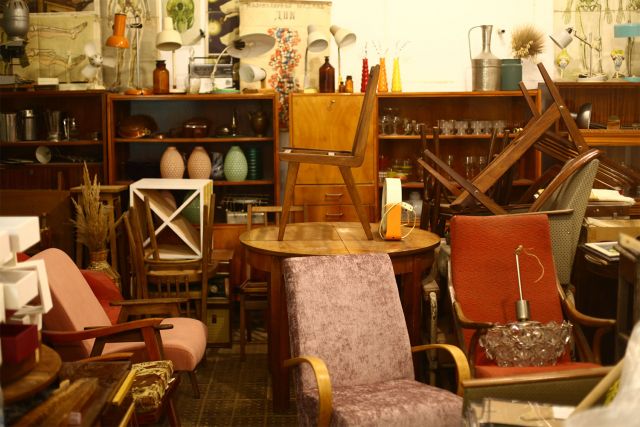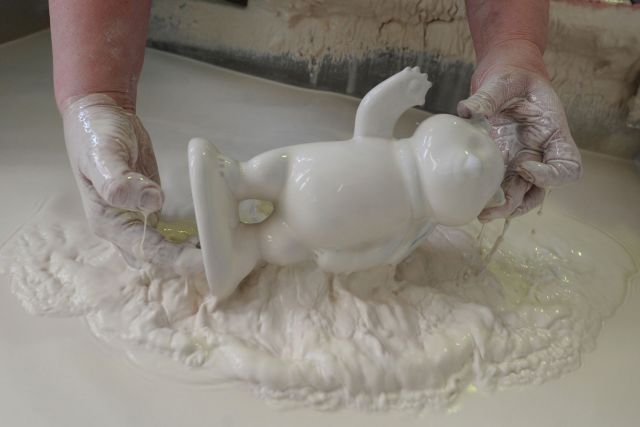
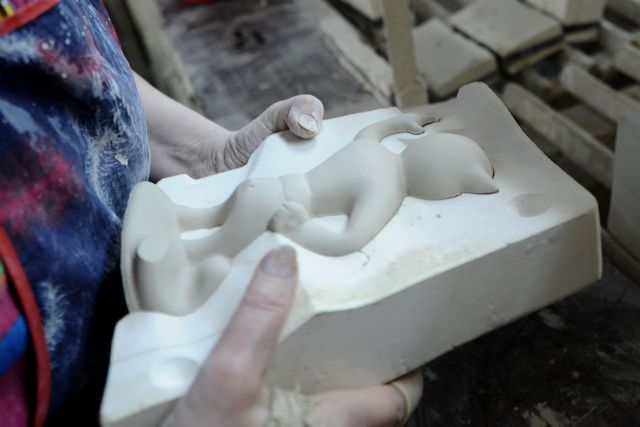
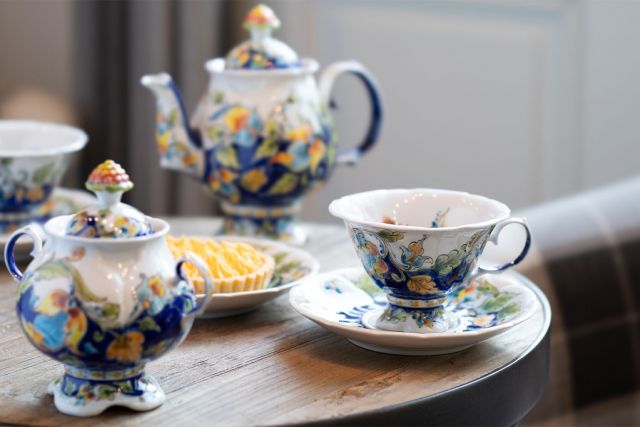
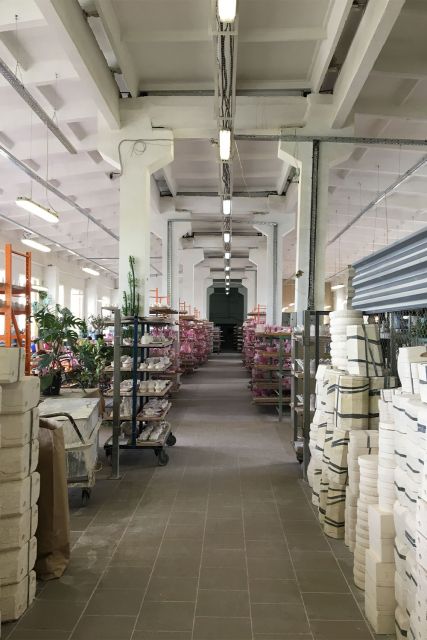
Gzhel Porcelain Manufactory
- Porcelain crafting
- Selo Rechitsy, Russia
- Manufacturer
- Guided tour only
The Gzhel region has been renowned for its ceramic making traditions since the 14th century. In 1663, Tsar Alexei Mikhailovich issued a decree encouraging the production of clay pots and vessels for pharmacies, while the oldest mention of Gzhel ceramics is dated as early as 1328. Originally the ceramics were decorated in a diverse colour palette, until the blue and white fashion arrived from Europe in the 19th century. The famous blue rose pattern became a symbol of the Russian handicraft shortly after the end of World War II.
In recent years, the Gzhel Porcelain Manufactory has been reviving the multicolour palette. The manufacturer was established in 1818 by Yakov Kuznetsov. Today it employs around 150 people, including 50 artisans who paint the porcelain. Every single piece is painted by hand and bears a personal signature of the artisan, in addition to the Gzhel trademark.




